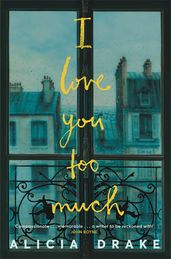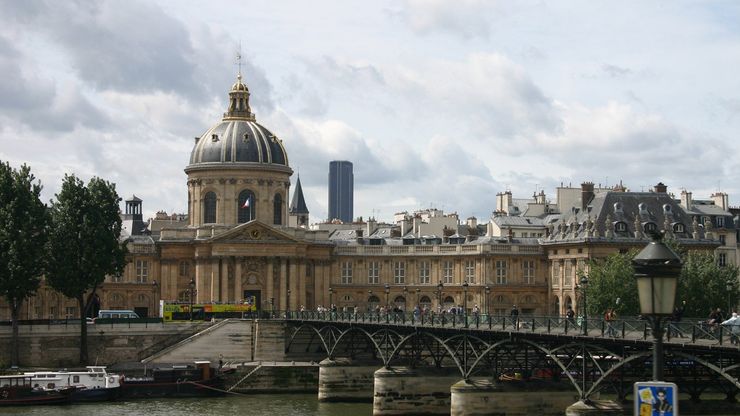Synopsis
'There’s an elegance to Drake’s writing that marks her out as a writer to be reckoned with and she shows fearlessness as she explores the mind of that most troublesome of creatures, the teenage boy . . . I Love You Too Much is a considerable achievement.' John Boyne
In the sixth arrondissement, thirteen-year-old Paul is adrift in a sea of wealth, pretence and an obsession with status. Struggling with a self-absorbed mother who doesn’t pay him any attention and her new boyfriend Gabriel who is chasing his dream of becoming a rockstar, all while trying to form a connection with his own narcissistic father, Paul is desperate to be loved. Always overlooked, it is only a matter of time before he sees something he isn’t supposed to see . . .
Longing for connection, Paul comforts himself with the beauty of Paris – gorging on its sweet confections and elegant patisseries – and in an unlikely friendship with his rebellious classmate, Scarlett.
A moving story set in one of the world’s most beautiful cities, I Love You Too Much by Alicia Drake is told with humour, grace and unflinching honesty.
Details
Reviews
Funny, waspish, astute, l Love You Too Much is a heart breaking tale.
There’s an elegance to Drake’s writing that marks her out as a writer to be reckoned with and she shows fearlessness as she explores the mind of that most troublesome of creatures, the teenage boy . . . I Love You Too Much is a considerable achievement.
There is the most extraordinary sensibility in this book. It is the author's but she gives it to the reader as thirteen year old Paul's out of kilter, isolated, yearning perception. Denied love, this vulnerable boy floats, adrift, through Paris like a lost, living ghost. We see - and feel - through his eyes, and the experience is unsettling, unnerving, strangely delicious. Alicia Drake has achieved something very rare.
The enfant naturel of Henry James’s What Maisie Knew and Deborah Levy’s Swimming Home


